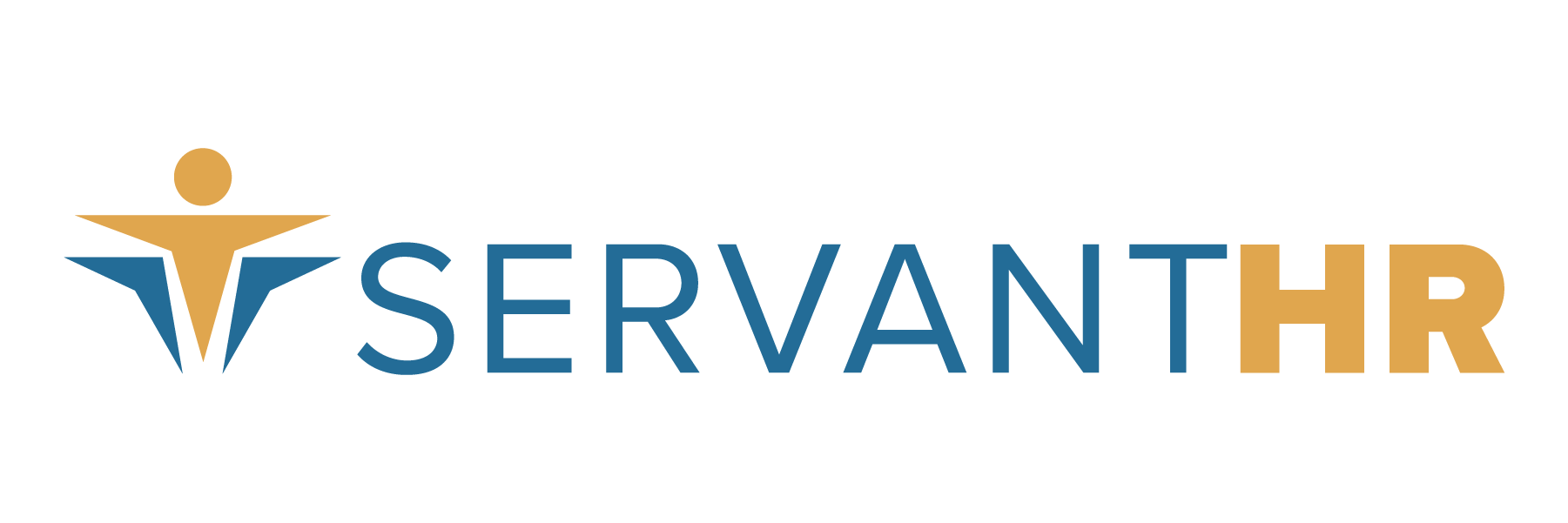Since 2006, the #MeToo sexual harassment movement has been asking American workplaces some tough questions.
Increased exposure and media coverage have prompted all the right things—98% of organizations have sexual harassment policies in place, and according to the Los Angeles Times, requests for harassment training offered by corporate HR resources have multiplied 8 times since January 2017.
So, update policy and increase training. Easy enough.
However, ongoing headlines regarding sexual harassment at corporations such as Fox News and Uber, prove the still broad gap between good-intentioned rules and workplace reality.
Cultures of Harassment
Defining terms and outlining reporting protocol is fundamental, but too often sexual harassment has deeper roots in an organizational culture. “The way things are,” can serve important cultural functions, making paper policies irrelevant—even laughable.
Strong lines can be drawn from organizational cultures to the larger historical narrative—a male-centric one, with many women still at pay disadvantages, despite education or qualification. This history can serve to legitimize cultures of sexual harassment, as female targets are often blamed for exaggeration and sensitivity. The non-essential nature of low status positions, combined with need for a good recommendation, means a quiet resignation is often considered the best solution.
The Opposite Effect
But of course, not all corporations wield power through a culture of harassment. Still, headlines keep coming, revealing the wide reach of corporate sexual harassment—so what else is wrong?
Two 1998 Supreme Court cases determined that to avoid liability in a sexual harassment case, a company must be able to provide proof of training. However, quality of training is more difficult to measure.
Research shows typical policy language and training techniques make employees uncomfortable and defensive, often actually reinforcing gender stereotypes.
Ineffective and unprofessional, these techniques do little to meet the ultimate goal: preventing sexual harassment in the first place.
Sexual harassment policies and trainings are essential, but not enough. Practicing the following as values, rather than checking them off as tasks, may lead to higher engagement and mutual respect within a company.
1. Care for your culture. Routinely ask yourself uncomfortable questions. Are women in the lowest positions in every department? How accessible am I to my employees? What is my relationship like with my Human Resources professionals? Caring for your culture means not only calling out clear offenses, but habitually seeking to ensure equal opportunity, respect and civility between all workplace members. Give credit where credit is due. Encourage reporting through both words and actions. Robert Eckstein, lead trainer at the University of New Hampshire research group for sexual violence prevention, says sexual harassment training should be a regular work conversation topic. “We’re talking about generations of people getting away with abusing power,” Eckstein quoted for the New York Times. “Thinking you can change that in a one-hour session is absurd. You’re not going to just order some bagels and hope it goes away.
2. Educate bystanders. In effort to encourage sexual harassment reporting, many policies unknowingly place sole responsibility on the target. Unfortunately, reporting can put targets in a vulnerable position. If harassment is reported, targets may be viewed with skepticism, disbelief or suffer from isolation. However, unreported harassment is likely to continue and spread. It’s important for policies and trainings to include specific actions bystanders can take to disrupt, distract and confront harassing behavior. It’s also important for bystanders to care well for targets through validating experiences, reinforcing that targets are not to blame and offering witness in an HR report.
Relieving responsibility from the target puts responsibility on the whole culture, creating a healthier work environment for all employees.
3. Give attention to language. While you may wonder if people are awake during training or if anyone is reading the sexual harassment policy, the language used here shapes workplace culture. Typical policies tend to be all business, but a sexual harassment policy done well should be personal and emotional. If protocol is thoughtfully curated in an effort to truly care for employees, training becomes less about HR box checking and more about serving your people. It’s important to consider possible perceptions of your language as well. People react strongly to labels and quickly reject any categorizations they believe do not apply to them. It is unlikely one would admit to being a “harasser,” but one might admit to “predatory behavior.” Similarly, using the word “target” instead of “victim,” is less exploitive and more empowering. These small changes in language counter the portrayal of men as powerful and women as vulnerable, enabling women to feel confident and credible in the workplace. Actively opposing male/female stereotypes also serves to legitimize all types of harassment, regardless of gender or sexual orientation.
Building relationships and supporting employees is a critical part of preventing and recovering from an incident of sexual harassment. Need help? Interested in outsourcing a human resources team? Contact us!





